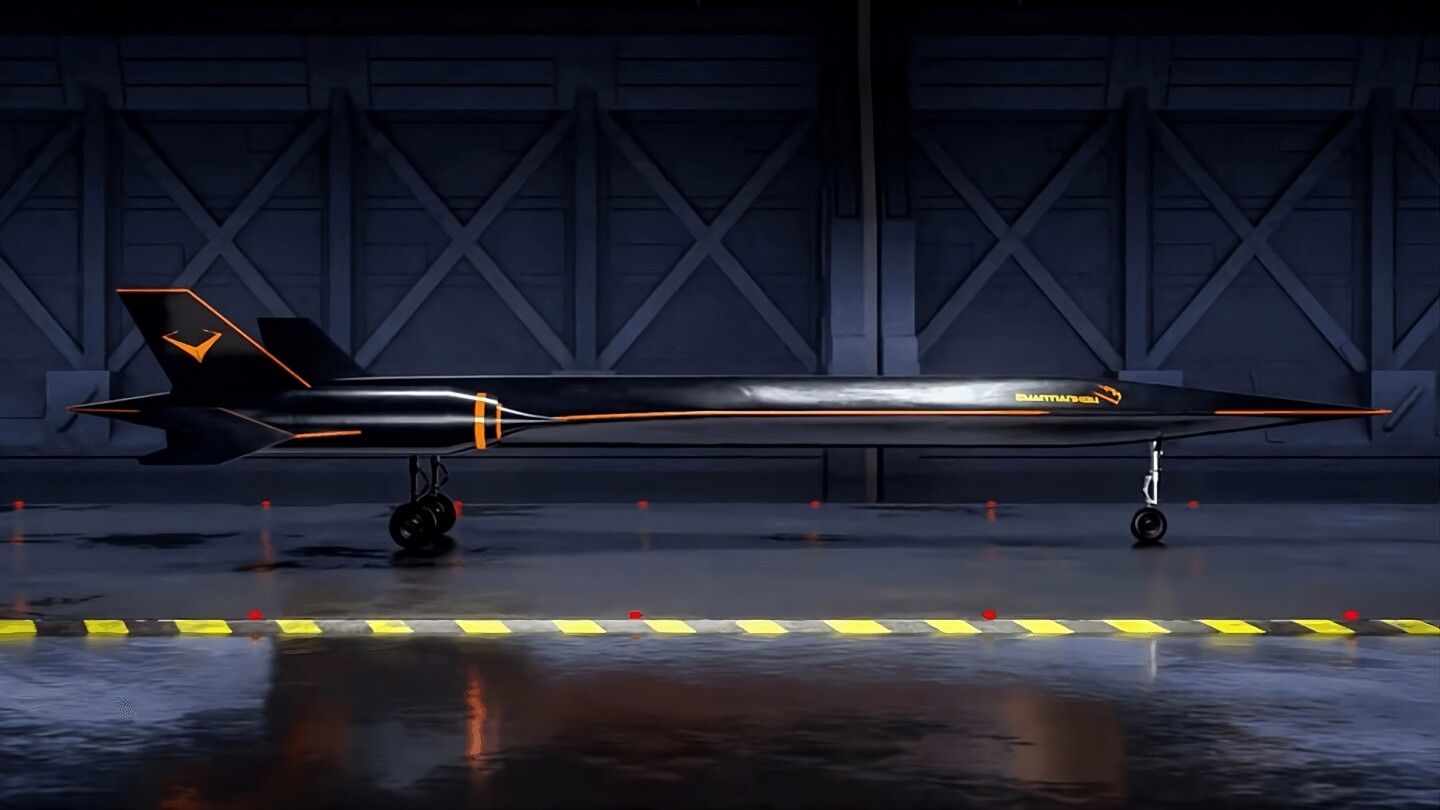Chinese “space transportation” company Lingxing Tianxing Technology has successfully tested its new JinDou400 (also known as JinDouyun), a ramjet explosion engine, at almost twice the altitude of a commercial airliner and the top speed of the Concorde during the test. It has more than doubled.
The successful achievement of a Mach 4 flight (5,000 km/h) at an altitude of 65,000 feet (19,812 meters) with a state-of-the-art engine is an important step for the Chinese company, as the engine will be at the heart of the future Yunxing. . A supersonic airliner, also designed by Space Transportation.
Traditional ramjet engines work by scooping up air based on the speed of the aircraft and compressing it into the engine. This compressed air mixes with fuel and ignites, creating thrust. The engine has no moving parts such as a turbine or compressor. It relies solely on fast-moving air.
space transportation
However, JinDou400 uses detonation combustion instead of the normal steady combustion flame. This causes a controlled detonation (detonation) in the combustion chamber that is much more powerful and efficient than normal combustion (at high speeds), allowing the engine to generate more thrust with less fuel and operate more effectively. Yes, but only at much higher speeds.
The exact dimensions of the JinDou400 engine have not been publicly confirmed, but reports indicate that the engine is approximately 10 feet (3 m) long and approximately 12 inches (0.3 m) in diameter. The JinDou400 produces an impressive 882 lbf (400 kgf) of thrust. This is quite remarkable for an engine of this size.
Ramjets do not require moving parts like the compressor and turbine components found in traditional turbojets, making the design more compact, lightweight, efficient, and cost-effective to manufacture. These advantages also have disadvantages. Ramjets are completely ineffective at low speeds, and turbojets are often used in conjunction with them to accommodate subsonic flight, where the airspeed is not sufficient to supply the air-requiring ramjet engine.
According to the SCMP, the Yunxing prototype aircraft reportedly successfully flew at Mach 4 on October 26, 2024, and the Space Transport Corporation said, “We aim to be prepared.”

space transportation
If the Yunxing looks familiar, it may be because its design closely resembles the already proven hybrid turbojet/ramjet shock SR-71 Blackbird high-speed airframe. Blackbird is officially confirmed to have reached a speed of Mach 3.3 (2,193 miles per hour / 3,529 km per hour) at an altitude of 85,069 feet (25,929 meters). There are reports of it flying faster, but nothing in official records. The full functionality of The Sled remains secret, even after 26 years of operation.
Editor’s note: If you have any interest in the SR-71 Blackbird, we highly recommend clicking this link. At this link, one of our staff was lucky enough to interview SR-71 pilot Brian Shull.

space transportation
The Yunxing promises to be significantly faster than the SR-71, using the JinDouyun ramjet detonation engine. Yunxing is also said to be incorporating VTOL functionality into its design. This means it will be capable of vertical takeoff and landing, a feature unique to aircraft of its design and speed rating. The technology used for VTOL functionality has not yet been released, but we will update you as that information becomes available.
American company Astro Mechanica believes it can also provide solutions for both subsonic and supersonic speeds with its hybrid turbo-electric adaptive engine. Its unique design uses an electric motor to independently power the turbine and compressor, effectively “switching modes” from turbofan to turbojet to ramjet.
Boom Supersonic is another US-based company looking to offer supersonic commercial flight and has already attracted interest from airlines such as United Airlines.
LKTX’s Yunxing series supersonic aircraft successfully completes test flight with advanced technology
In the meantime, we’ll all still be looking forward to Mach 17.
Source: South China Morning Post




